By Hibu Websites
•
March 30, 2021
A Guide to Growing Strawberries August 21, 2020August 21, 2020 by HappyDIYHome Staff Growing strawberries is a great way to get fresh fruit. It is also a pleasingly straightforward process. With just a little time and effort you will be able to enjoy your own personal supply of fresh flavor filled fruit. Many gardeners also see growing strawberries as a reliable, and productive, way to introduce ground cover. If you don’t want the plants to spread throughout your garden, or if space is at a premium, growing strawberries in containers is also possible. If you want to add some fruit to your garden, growing strawberries is a great place to start. These easy going plants are quick to establish and fruit. June bearing varieties are also known as day sensitive plants. During the summer months the plants set out long runners before setting buds in the fall. Fruit is produced the following June. June bearing plants are further classified by grouping into Early Season, Mid Season and Late Season. Planting a combination of all three allows you to further extend the harvest period. Of the early season cultivars, Christine is known for its large, sweet tasting berries. Honeoye is another reliable early season cultivar which produces sweet tasting fruit. Alice AGM is a reliable mid season plant producing sweet and juicy fruit. It is also pleasingly resistant to disease. Another mid season favorite is Cambridge Favorite AGM. Like Alice AGM, this is a disease resistant variety that produces flavor filled, juicy fruit. Pegasus AGM is a heavy cropping, reliable mid season fruit that is also disease resistant. Similarly, Florence is a late season, disease resistant plant. It is prized for its large, glossy fruit. Everbearing varieties, also known as perpetual strawberries, bud in the summer and fall. They produce a large crop of fruit in the spring. This is followed by smaller crops in the summer and fall. If the weather is favorable a third crop may also be produced. Sometimes classed as a separate variety, or included in the everbearing category is the Day Neutral Strawberry. This cultivar is not affected by the length of the day. Instead they fruit continuously as long as the temperature remains between 35 and 85 °F. Seascape is a day neutral everbearing strawberry. It is suitable for growing in a range of conditions, producing firm, red fruit. Fagaria ‘Ozark Beauty’ is one of the most popular everbearing cultivars. Fruiting in Spring and late Summer the plant is prized for its large, flavor filled berries. It is also pleasingly disease resistant. Mara de Bois is another everbearing plant which produces intensely flavored fruit. The berries are similar in taste to wild strawberries. Whichever variety, or varieties, you choose make sure that you purchase the plants from a reputable supplier. This ensures that you are purchasing healthy, disease free plants. Where is the Best Position for Growing Strawberries? Strawberries can be purchased as either bare rooted runners or as potted plants. Runners are best planted in early fall or early spring. Potted plants are usually available from late spring into the summer. They can be planted as soon as you purchase them. Growing strawberries is most successful when they are planted in rich, moist soil. It should also be well-draining. If you have poor soil try growing in containers or raised planters. Plant in a light, fertile position. Avoid areas that are prone to frost. Don’t plant in soil that has recently held chrysanthemums, tomatoes or potatoes. Like strawberries, these are all prone to the harmful verticillium wilt. Plant in well draining, rich soil. Growing strawberries like to set out runners. Allow for lots of space between the plants when planting. Avoid planting in windy positions. Planting in windy positions can deter pollinators from visiting flowers. In USDA zones 6 and colder, plant outside in the early spring. This allows the plants time to establish and develop extensive root systems before the winter temperatures hit. Pinch off flowers in the first spring or summer after planting. In USDA zones 7 and warmer you can plant in the spring or fall. These plants will fruit the following spring. Growing strawberries is most successful in temperatures between 60 and 80 ℉. In colder conditions, down to 22 ℉ growing strawberries is also possible as long as you protect the crowns from frosts. Your chosen position should be light. Growing strawberries requires between 6 and 10 hours of sunlight every day. Plants in darker positions don’t produce as much fruit. How to Plant Use a shovel to work over the soil before planting. The soil should be neutral or slightly alkaline in profile. A pH of 5.8 to 6.2 is ideal. The plants will grow in soil profiles outside this range, just avoid anything too extreme. If you are unsure of the nature of your soil, try using a soil test kit. This is a quick and accurate way to find out what type of soil you are growing in. Dig in garden compost or well-rotted manure, about two buckets per square yard or square meter. You can also work in general purpose fertilizer. An application of around 100 grams per square meter or 3 oz per square yard is ample. To plant, dig a hole large enough to hold the root system of the plant. You can trim the roots slightly, to a length of about 4 inches, if they are overly large. Spread out the roots as you place the plant in the hole. When planting remember that if the crown is buried it may rot. The roots should just be covered with the crown sitting lightly on top of the soil. The plant should be in this position before you firm the soil down. Planting too deeply can cause plants to rot. Similarly plants that are too shallow can quickly dry out. Space individual plants 12 to 18 inches apart. Allow a 30 inch gap between rows. This may seem a large space, but remember the plants shoot out runners as they spread. Providing lots of room between the plants means that they won’t become entangled. It also helps to keep plants healthy. After planting water well. Place a layer of organic mulch between the plants. This helps the soil to stay cool and retain moisture. It also helps to keep the fruit above the soil. Fruit allowed to contact the soil can rot. Mulching around plants helps to keep the fruit away from the soil. It also helps the soil to conserve moisture and suppress weed growth. In colder climates mulch again in the fall, when temperatures drop to around 20 ℉. This time mulch over the plants. Straw or shredded leaves are great winter covers. A layer of organic mulch protects the crown against winter temperature and weather damage. Remember to remove the mulch in the spring as temperatures rise. Planting in Containers Growing strawberries is also possible in containers. Don’t overplant a container. This can stunt growth and reduce your yield. A 12 to 14 inch container comfortably holds 3 plants. Your chosen container should be clean and have drainage holes in the bottom. Fill the containers or planters with fresh potting soil. Work in compost for an extra boost. Plant as described above. Planting in self watering pots ensures that your plants stay hydrated and happy even during the warmest summer periods. Growing Strawberries Care Tips Once planted, growing this fruiting crop is pleasingly easy. Be sure to weed regularly around the crown of the plants. This helps to prevent new growth from becoming smothered. As the fruit begins to develop, place straw underneath the fruit. Fibre mats, such as these Coconut Flower Pot Liners can also be cut up and used. This helps to suppress weeds as well as keeping the fruit dry and clean. Wet fruit, or fruit allowed to contact damp soil for a prolonged period can rot. How to Water Water regularly, especially when the plants are in fruit. In general, if it doesn’t rain, each plant requires between 1 and 2 inches of water a week. This varies depending on the growing conditions. If you are unsure, water only when the soil is dry. The Yoyomax Soil Test kit allows you to accurately monitor the moisture content of your soil. It also allows you to monitor how much light the plants are receiving as well as the health and pH levels of the soil. When watering try to keep the foliage and the crown of the plant as dry as possible. If you struggle to carry a heavy watering can around the garden, try investing in an expandable hose. These are easy to use and tidy away. Applying a natural mulch, such as straw, helps to protect fruit from slugs and snails. As organic mulches slowly break down they also help to enrich the soil. Fertilizing Strawberries When planting apply a balanced organic fertilizer. A dose of one pound per 100 square feet is sufficient. Repeat this application after the plants have finished bearing fruit for the year. In colder climates try not to fertilize in the late season. Fertilizing as the temperatures are about to fall may cause new foliage to emerge and become damaged by winter frosts. If you want an alternative to chemical products, try making your own plant fertilizer. This is a pleasingly rewarding process that allows you to know exactly what you are putting in your soil. Be careful not to over fertilize your plants. This can cause excessive foliage production often at the expense of flower and fruit production. How to Propagate Strawberry Plants Growing strawberries spread by setting out stem runners. These then root in the soil, forming new plants. To propagate strawberries, allow the runners to root. Once the roots have formed cut the stems connecting the plants. You can now carefully dig up the plantlets and plant in a new location. This form of propagation is best done in early fall. If you want to speed up the process pin down the runners, forcing them to contact the soil. Pinning the runners down in this manner encourages the plant to form new roots. Providing Winter Protection In frost prone areas prune and tidy up the plants once fruiting has finished. Cover with a straw mulch or horticultural fleece such as the Agribon AG-19 Frost Blanket. Plants in containers can simply be moved inside or to a more sheltered position. Should frost damage the plant, prune away affected areas. Properly protecting plants during the fall and winter months helps growing strawberries to return stronger the following year. Companion planting Strawberries are largely easy going plants. This makes them a good companion plant. Avoid planting in the same soil that has recently grown eggplants, peppers and tomatoes. These plants are all susceptible to verticillium wilt which can also affect growing strawberries. Strawberries also seem to benefit from growing close to borage, bush beans, caraway and lupins. Avoid growing strawberry plants near brassicas such as cauliflowers. Members of the brassica family often have their growth stunted if planted too closely to strawberries. How to Prune and Renovate Growing Strawberries If you have planted in the spring, in the first year cut away any flowers that form on the plant. This is best done with a sharp garden scissors. Preventing the plants from fruiting in their first year encourages the plants to put their energy into forming a strong root system. It also helps to increase the yield in the second year. June bearing plants produce masses of runners. These should not be pruned away. Everbearing plants produce fewer runners. These often carry small, tasteless fruit. The runners of day neutral varieties can be cut away without harming fruit production. Don’t prune fall fruiting plants. Once fruiting is complete cut away old or dying foliage. Once fruiting is finished remove nets, mats and mulch. This allows birds to clear the plants of any pests. Remember, if you are in a colder area, to provide some winter protection. Renovating Strawberry Plants To keep fruit production high, some gardeners like to renovate their strawberry beds. While this isn’t necessary it can help to keep beds productive. If you don’t want to renovate the beds try growing the plants as annuals or planting a few new strawberry plants every year. Renovating is the process of thinning existing plants and allowing fresh runners to root and form new plants. Without renovating, plants can form thick masses, slowly entangling themselves. This harms fruit production. June bearing plants should be renovated every year. Everbearing varieties can be renovated once every 2 to 4 years. How often you renovate depends on the spread and growth of the plants. The best time to renovate is after the plants have been harvested. Following harvest plants become semi-dormant for a period. To renovate, weed the bed around the plants. This helps the plants to re-establish themselves. Cut away the foliage from the plant. This is particularly important if the foliage is diseased or infected. Thin out the plants digging up any that are too cluttered. The rows should be spaced about 12 inches apart. Each plant should be 4 to 6 inches apart. Side dress the row with a general purpose fertilizer, apply half an inch to an inch thick layer. Water well. Alternatively, you can lift and replant rooted runners in the fall. Gardeners growing in containers often find yields are best if they plant new plants every year. Renovating your strawberry plants helps to keep them healthy and productive. Common Pests and Diseases If correctly planted, growing strawberries is a largely trouble free process. Young or growing plants require protection from slugs and snails. Birds can also devastate crops, quickly removing all your fresh fruit. Covering the plants with netting is the easiest way to protect your harvest. Grey mould or botrytis is common if growing in damp or humid conditions. As the name suggests this disease causes grey, fungal growth to form on foliage. It can also damage the fruit. Cut away and destroy affected areas. Spacing correctly and keeping the foliage as dry as possible helps to prevent this. Plants growing in humid areas may suffer from powdery mildew. This causes foliage to shrivel. It may also cause white powder to appear on the plants. Correctly spacing the plants, so that air is able to freely circulate, and keeping the foliage as dry as possible helps to prevent mildew. Reducing the temperature around the plants and keeping the soil moist also helps to keep the plants healthy. If vine weevils strike apply a chemical or organic control. Aphids and other bugs can also be washed away or removed with an application of insecticidal soap. Neem oil can also be wiped over the leaves to remove aphids. How to Harvest Growing strawberries is mainly done for the fruit. It can take around a month for fruit to form from pollinated flowers. The speed at which your fruit ripens depends on the growing conditions as well as the variety you are growing. An ideal container plant, some fruit may appear earlier in warmer conditions. The strawberry is at its sweetest when they are fully ripe. This, for most varieties, is when the berries are fully colored and have sat on the vine for a few days. To harvest, cut the fruit away from the plant. Strawberry fruits bruise easily, cutting the stem above the berry allows you to harvest without damaging the fruit. Wait until fruits are fully formed and full of color before harvesting. Picking fruit that is too small or unripe can be unsatisfying. Unripe fruit often lacks flavor. Bright, colorful and full of flavor, there is nothing quite like homegrown strawberries. By following the steps in this guide next summer will see you enjoying homegrown fruit in your own garden.
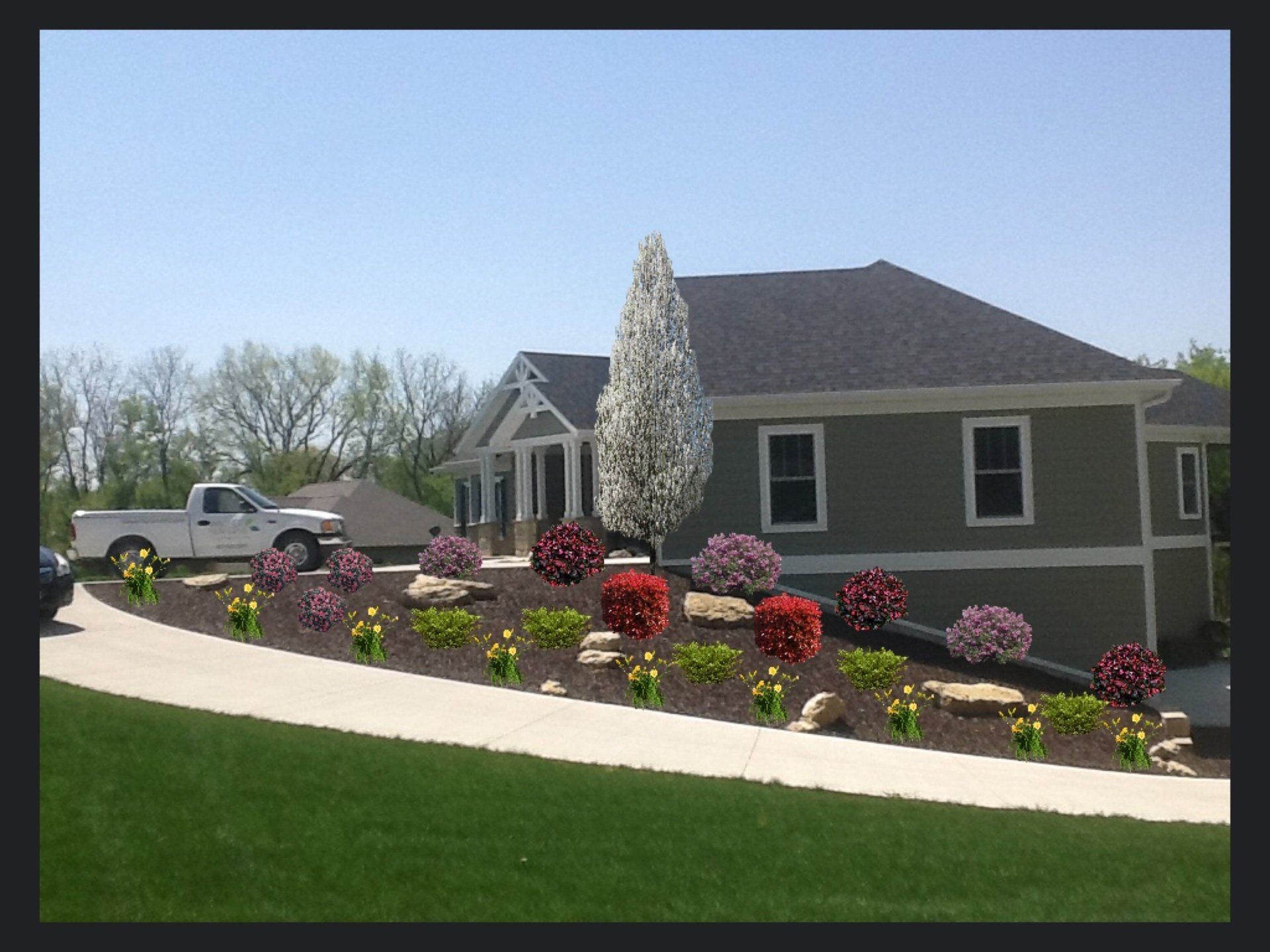


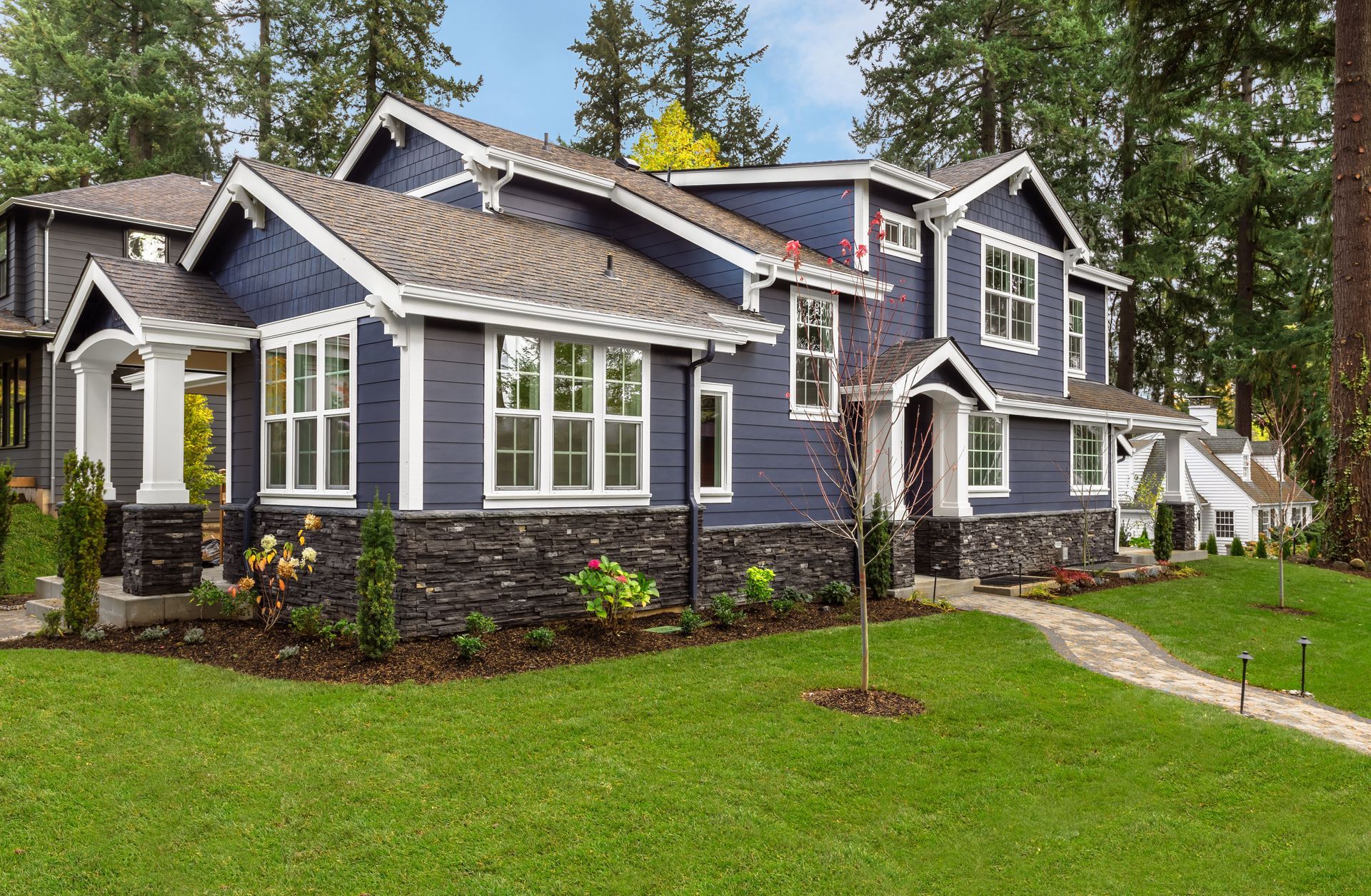

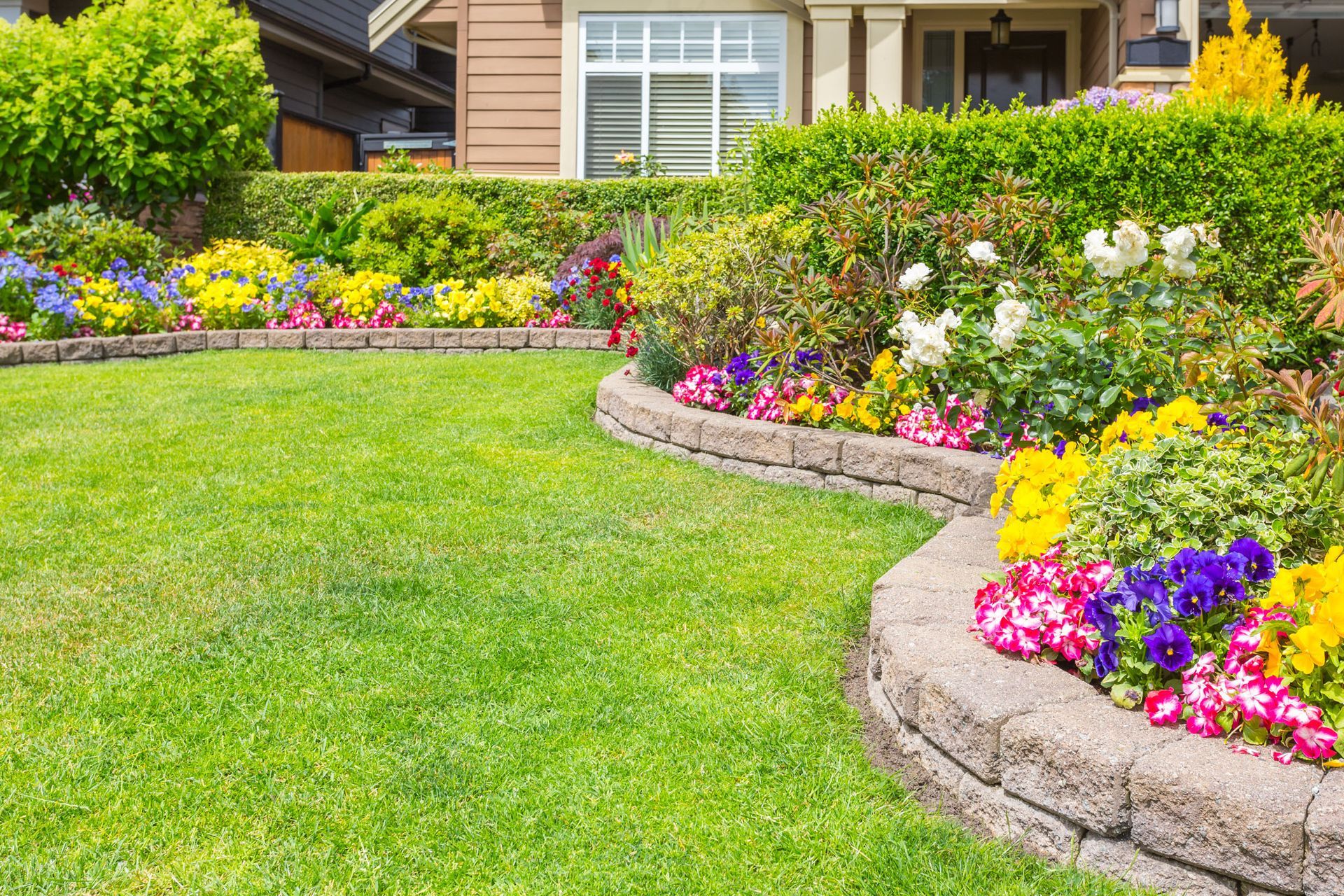

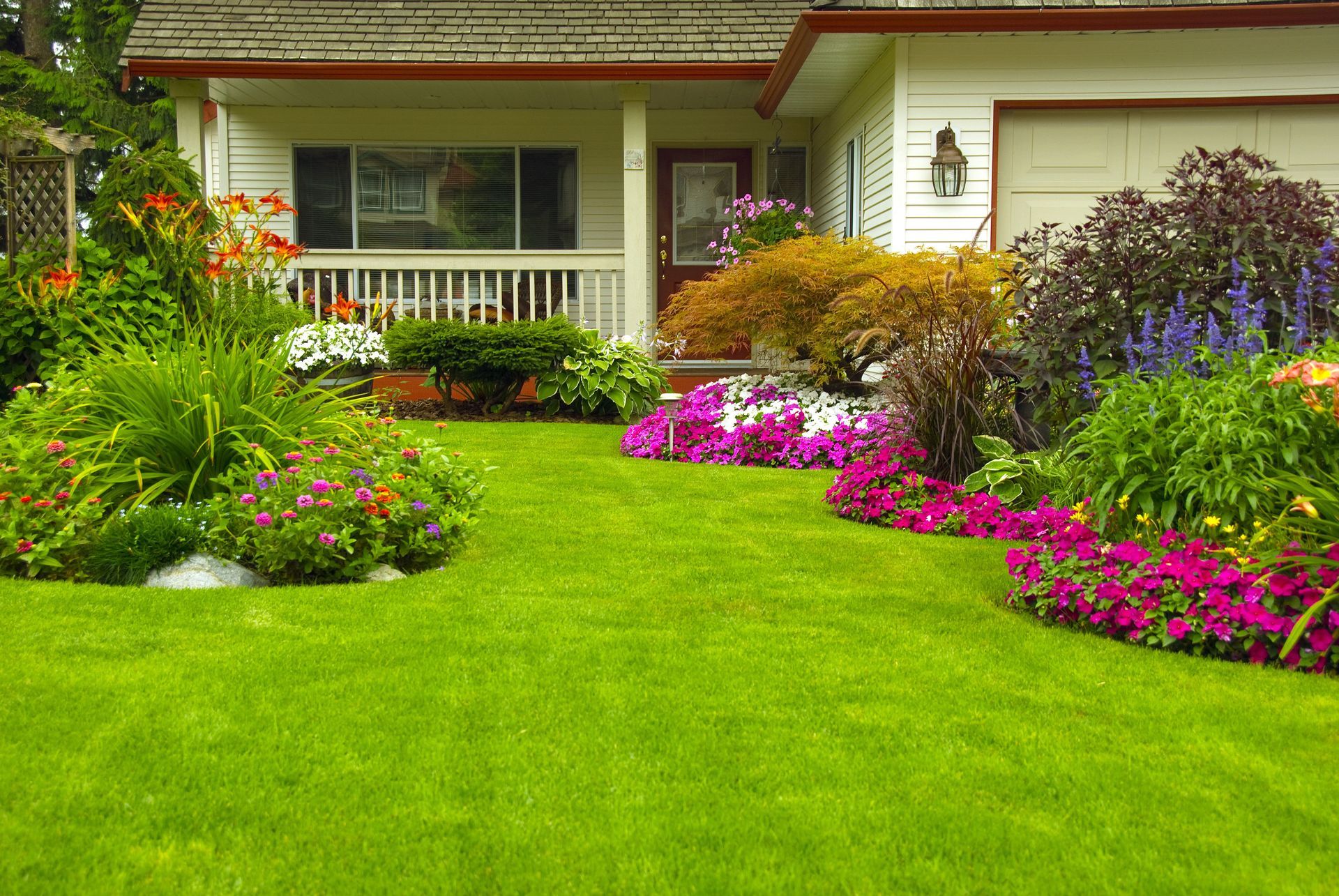

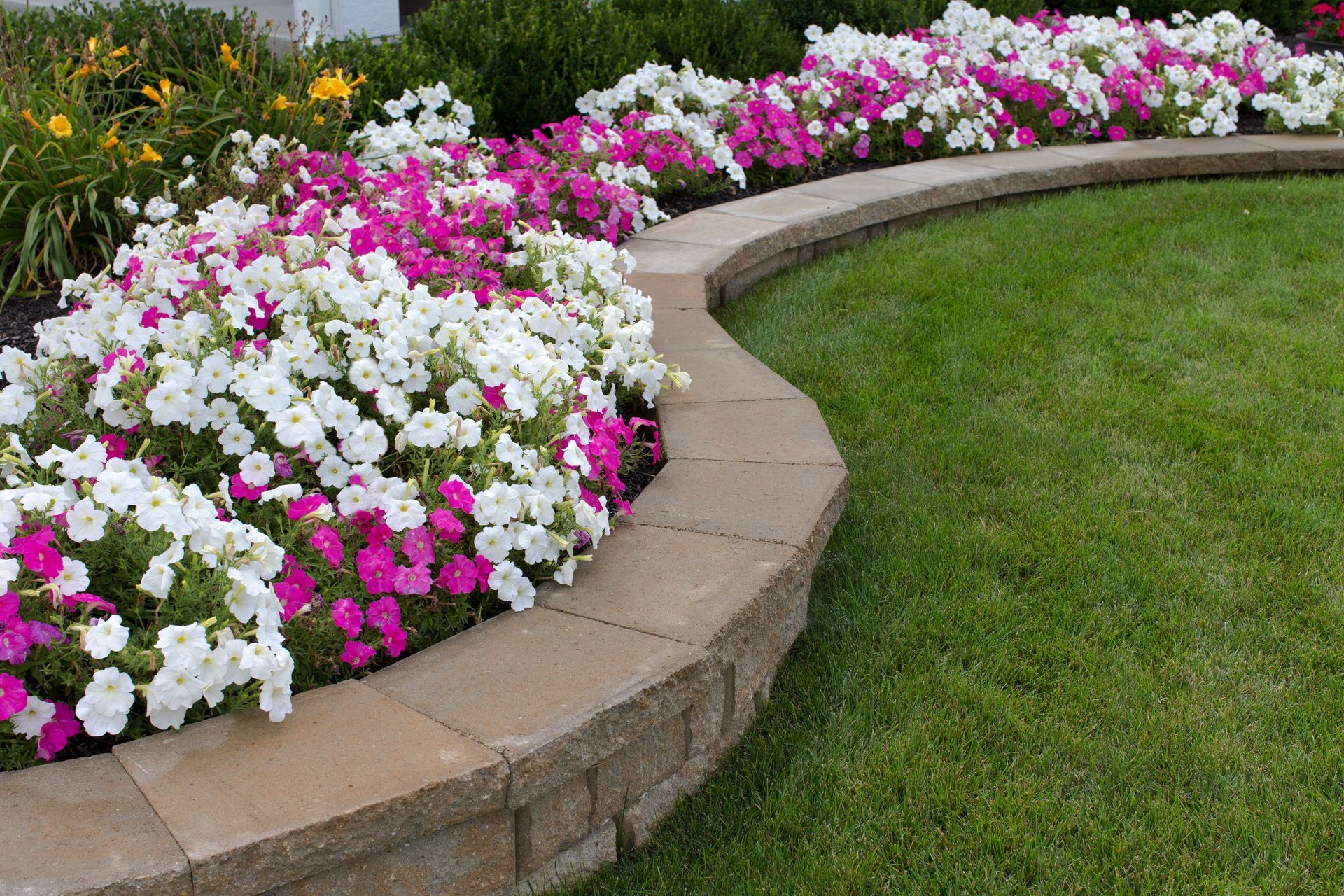
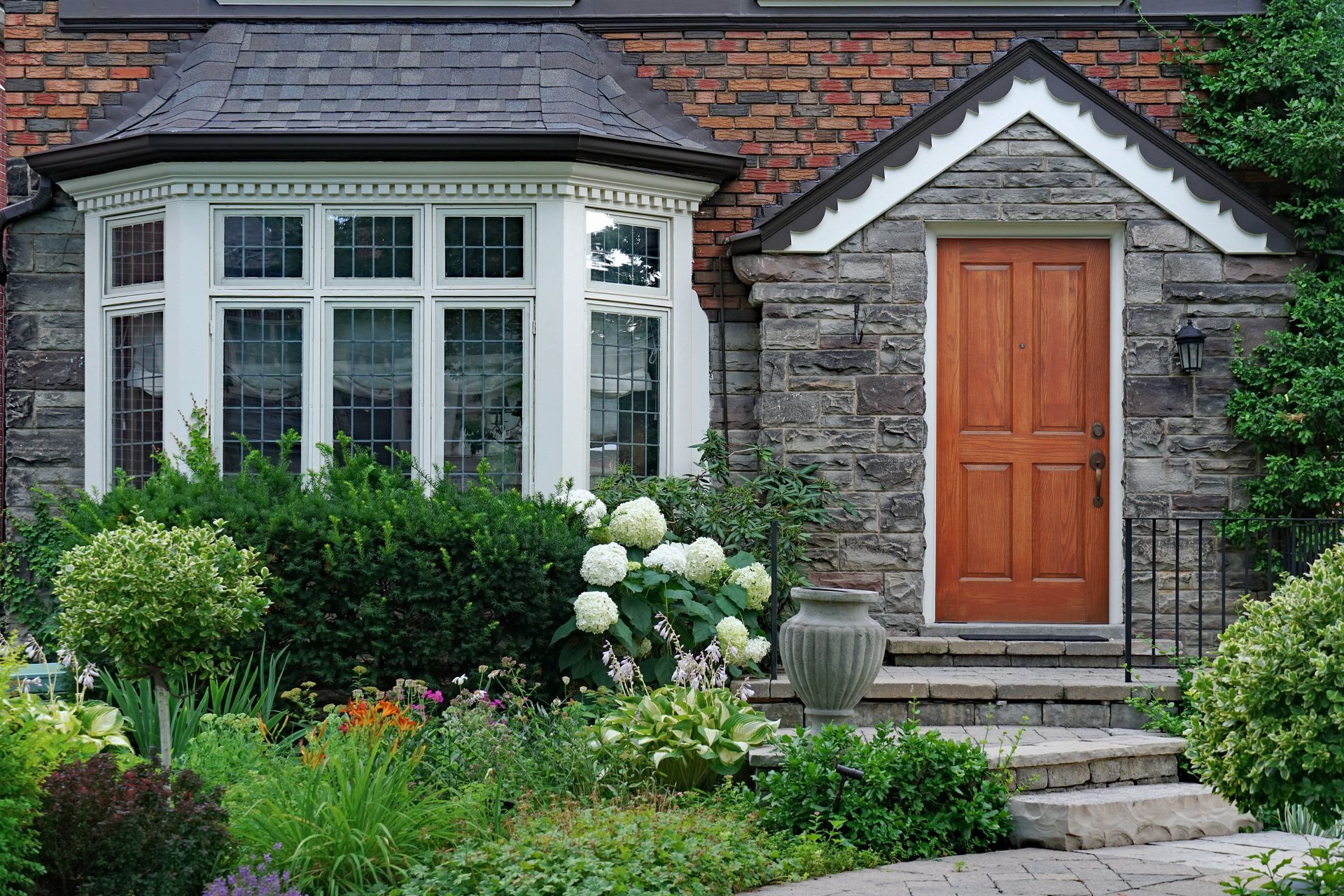
Share On: